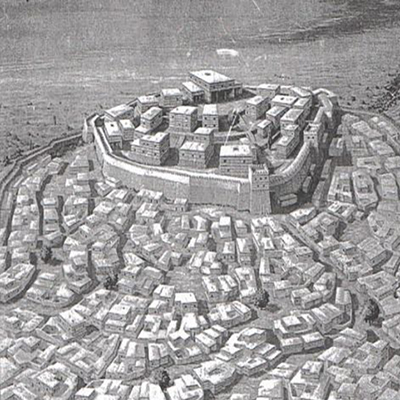Trojan War and epic cycle: the historical and literary version where, how, when and why the Trojan War myth was invented

HTML: 7
All claims expressed in this article are solely those of the authors and do not necessarily represent those of their affiliated organizations, or those of the publisher, the editors and the reviewers. Any product that may be evaluated in this article or claim that may be made by its manufacturer is not guaranteed or endorsed by the publisher.
There are two aspects about the Trojan War, the historical and the literary. For 1200 BC, the Late Bronze Age there are two epigraphical testimonies, the Hettite inscriptions and the Linear B tablets. Due to the fact that the latter do not contain historical information, only the Hettitic inscriptions remain, which provide us with very important historical information about the relationships between the Hittite empire, the kingdom of Troy and the kingdom of Ahhijawa. An important contribution to the historical reality is also offered by the excavations of the professor Manfred Korfmann (University of Tübingen) that brought to light the lower city with a moat. So the city is a typical Eastern city with Appaliuna (=Apollo) as one of the main gods. The Treaty of Alaksandu, king of Troy, and Muwatalli, king of Hattussa, and other Hittite documents confirm that Troy was a vassal of the Hittite empire and thus under its protection. Therefore, in the 13th century BC the Trojan War could not have taken place, as the Achaeans would have faced the powerful Hittite force. In the 12th century the Achaeans were not in a position to campaign, because the Mycenaean centres had collapsed. So, the Trojan War is a literary and not a historical event. Thus, the Epic Cycle is examined with the various works and more specifically the Iliad and the Odyssey, their grammar, their structure, the editing of the text during the Alexandrian age and the famous Homeric question.
How to Cite

This work is licensed under a Creative Commons Attribution-NonCommercial 4.0 International License.
Copyright (c) 2023 The Author(s)
PAGEPress has chosen to apply the Creative Commons Attribution NonCommercial 4.0 International License (CC BY-NC 4.0) to all manuscripts to be published.

 https://doi.org/10.4081/peasa.1
https://doi.org/10.4081/peasa.1



